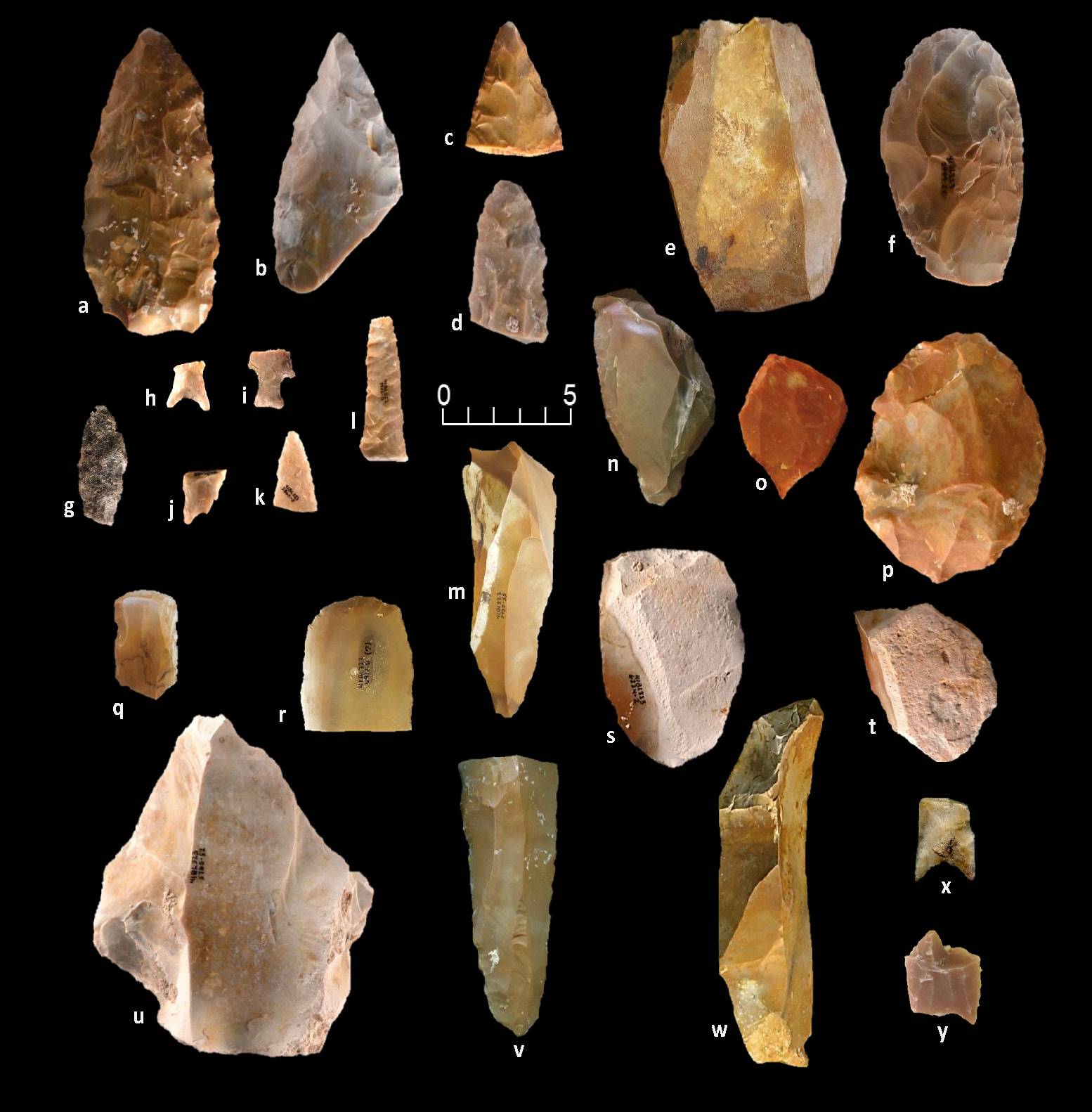Gault site research pushes back date of earliest North Americans

Posted by Jayme Blaschke
Office of Media Relations
July 13, 2018
SAN MARCOS – For decades, researchers believed the Western Hemisphere was settled by humans roughly 13,500 years ago, a theory based largely upon the widespread distribution of Clovis artifacts dated to that time. In recent years, though, archaeological evidence has increasingly called into question the idea of "Clovis First."
Now, a research team led by Thomas Williams from the Department of Anthropology at Texas State University, working at the Gault Site northwest of Austin, has dated a significant assemblage of stone artifacts to 16-20,000 years of age, pushing back the timeline of the first human inhabitants of North America far before Clovis. Clovis artifacts are distinctive prehistoric stone tools so named because they were initially found near Clovis, New Mexico, in the 1920s but have since been identified throughout North and South America.
The team, which also includes Texas State's Michael Collins, Nancy Velchoff and Sergio Ayala, published its findings in the online journal Science Advances on July 11.
“These projectile points are unique. We haven't found anything else like them," Williams said. "Combine that with the ages and the fact that it underlies a Clovis component and the Gault site provides a fantastic opportunity to study the earliest human occupants in the Americas.”
The Gault Site, which encompasses a valley at the intersection of the Edwards Plateau and Blackland Prairie, would have had great appeal to early human arrivals. Reliable springs provided ample water for both humans and wild game during drought, and high-quality chert (flint) outcroppings were valuable for use in crafting tools and projectile points.
The presence of Clovis technology at the site is well-documented. Excavations below the deposits containing Clovis artifacts revealed well-stratified sediments containing artifacts (Gault Assemblage) distinctly different from Clovis. Using optically stimulated luminescence age estimates, the researchers dated the Gault Assemblage to a range of 16,000-20,000 years ago.
Significantly, the Gault Site excavation provides evidence pushing back earliest human habitation of North America by at least 2,500 years, and identifies a previously unknown, early projectile point technology unrelated to Clovis. Within a wider context, this evidence suggests that Clovis technology spread across an already well-established, indigenous population.
For more information, contact Thomas Williams at (512) 245-8734 or via email at tom.williams@txstate.edu. The full article may be accessed at advances.sciencemag.org/content/4/7/eaar5954.
About Texas State University
Founded in 1899, Texas State University is among the largest universities in Texas with an enrollment of 38,694 students on campuses in San Marcos and Round Rock. Texas State’s 188,000-plus alumni are a powerful force in serving the economic workforce needs of Texas and throughout the world. Designated an Emerging Research University by the State of Texas, Texas State is classified under “Doctoral Universities: Higher Research Activity,” the second-highest designation for research institutions under the Carnegie classification system.